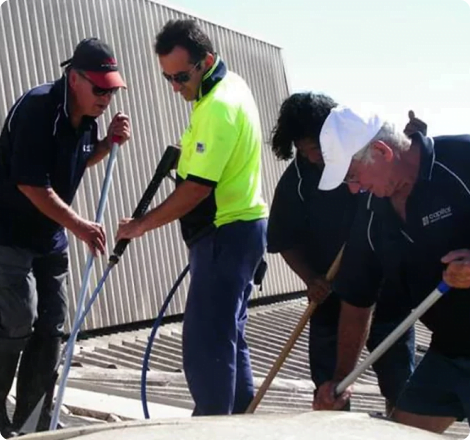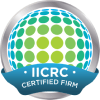Flooded carpet drying recommendations
It is important to dry out flooded carpet quickly using the correct processes and equipment to minimise any risks of damage resulting from large volumes of stagnant water sitting on absorbent surfaces for extended periods of time.
Move fast and do the right things to reduce the impact of water damage on your property and in turn reduce your water damage restoration bill. To make it easier, we have provided some tips to help you make the right decisions when considering how to dry out flooded carpet.
Tip 1 – Engage a certified water damage restoration company
It is important to engage the services of an experienced and certified water damage restoration company that can attend quickly to assess the extent of water damage to your property. At Capital we will use special moisture monitors, thermal imaging, and other techniques to determine the extent of water damage and the severity of the damage. With this knowledge, a water damage restoration technician will design a drying and moisture control program that will best suit your specific water damage issue.
Tip 2 – Hot air is not how to dry out flooded carpet
When thinking about how to dry out flooded carpet it is important to understand that you cannot dry wet carpet using a hairdryer or a heater. Doing so can be extremely dangerous and could lead to electrocution. Furthermore, these devices do not have the required strength to dry saturated carpet, and they tend to use hot air that will increase the humidity in the affected area. A wet and humid environment is the perfect breeding ground for mould.
A professional water damage restoration company, like us, will use specialised industrial strength Air Movers to circulate cold air to dry out flooded carpet.
Tip 3 – Dehumidification is a critical consideration when drying out flooded carpet
During the drying process water particles are mobilised and travel in the affected environment. Use of industrial grade dehumidifiers ensures any excess moisture created will be captured and removed from the environment, significantly reducing risks of mould growth, and assisting to speed up the drying process.
Tip 4 – Saturated carpet cannot dry effectively if excess water is not extracted
Carpet saturated with large volumes of water cannot be dried effectively if excess water is not extracted first. A knowledgeable water damage restoration company will use strong wet vacuums to extract the extra water, allowing for a successful drying and moisture control program to follow.
The more water your carpet holds the higher the chances are that the underlay will absorb water, and water will soak through to the subfloor. These surfaces will also require assessment and to be dried, a professional will know what signs to look for and what to do.
Never use a home vacuum cleaner to extract water, it is dangerous and not effective.
Tip 5 – Carpet that feels dry underfoot is not always a sign that the dying process is complete
A professional drying and moisture control program is likely to take 3-5days to be effective. The program focuses on drying out wet carpet but also drying the layers below the carpet. The underlay and subfloor must be appropriately managed when drying out wet carpet.
Often the carpet will feel dry underfoot, but the water below will take longer to dry out. A professional will be able to measure moisture levels on the different layers below the carpet, ensuring the most effective drying approach is engaged until the entire affected environment is dried out.
Call us and we can provide a detailed outline on the best way to approach your specific water damage situation and how to best approach and dry out your flooded carpet.









